- Discover 8 amazing photography locations in New South Wales
-

From the country to the coastline, NSW has a stunning array of photography hot spots to explore. Here are Sydney-based Photographer Jenn Cooper's favourite spots to shoot around the state.
Whether you spend the day photographing the baby giraffes and elephants or take a ride on the African Safari vehicle, a day at the Zoo in Dubbo is a delight. We arrived at 9am and self-guided ourselves around the zoo on a fairly straightforward route, stopping for keeper talks along the way, and one unforgettable moment feeding the giraffes.
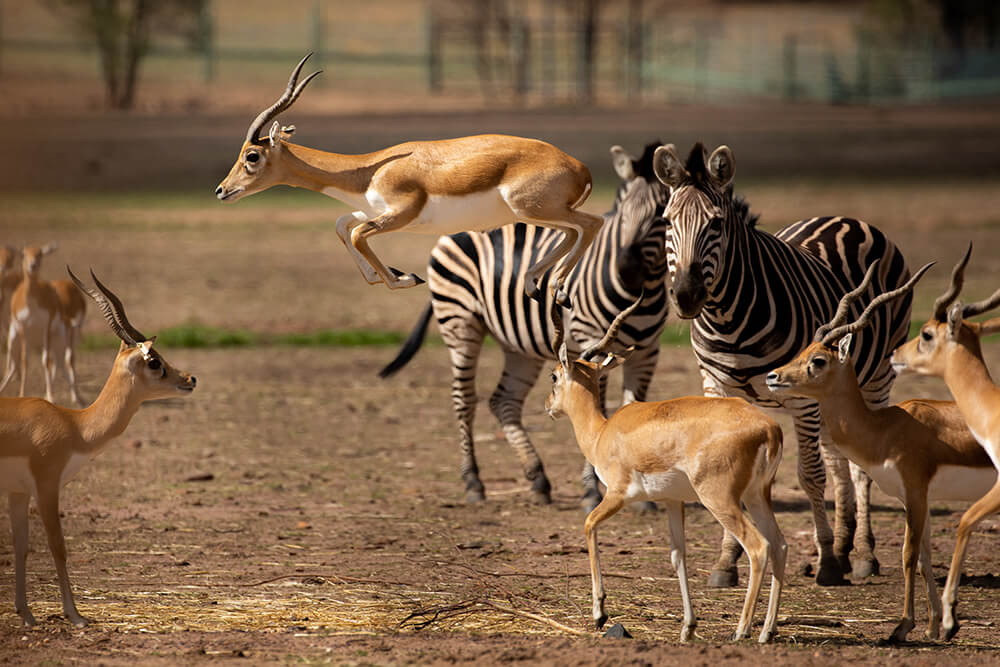
Photo tips:
• Grab your longest zoom lens and ensure your shutter speed is fast enough to capture the action. When shooting with long lenses, a fast shutter speed also helps prevent camera shake. A good rule of thumb is to double your maximum focal length to equal minimum shutter speed. For example, if your lens is a 400mm then your shutter speed should be 1/800th of a second or faster.
• Be patient and use your zoom, or position yourself to avoid any visual distractions in your frame such as unwanted trees, fences or signs. There are a range of compositions to be captured at the Western Plains Zoo if you spend the time to frame them carefully.
What better place could there be to learn how to photograph the night sky than Dubbo Observatory? With dark skies all around, the regional areas of NSW are superb for night sky photography. The Milky Way core is visible in the cooler months, so the long weekend is the ideal time for astrophotography. Dubbo Observatory offers a tour where you can attach your Canon DSLR to one of the powerful telescopes and photograph gas dust nebula in deep outer space. If that isn’t a reason to jump in your car right now, I don’t know what else I can say…
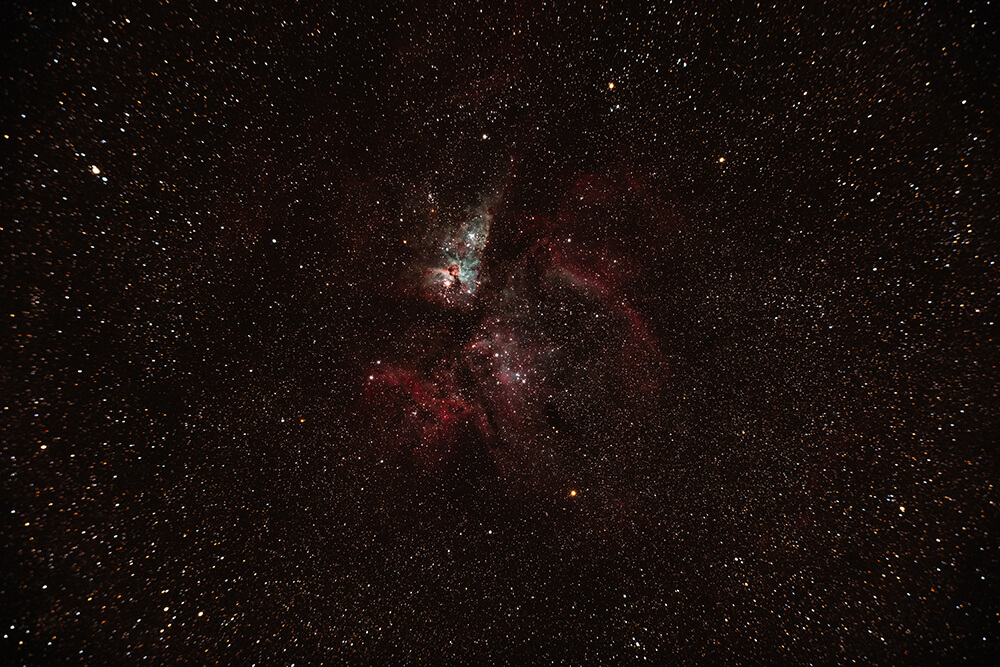
Photo tips:
• To capture the Milky Way, use a wide angle lens e.g. EF 16-35mm with a minimum aperture of f/4 or less.
• In manual mode, try 25 seconds with f/4 or wider with ISO 2500 to get you started.
• Auto focusing in the dark is almost impossible, so switch the lens to manual focus and use your camera’s live view to check the image is sharp.
Dundullimal Homestead is a treasure we should all experience. Built in the 1840s, it’s undoubtedly Dubbo’s most historic site. You can photograph the building handheld or with a tripod, as you take in the iconic Australian landscape surrounding you.
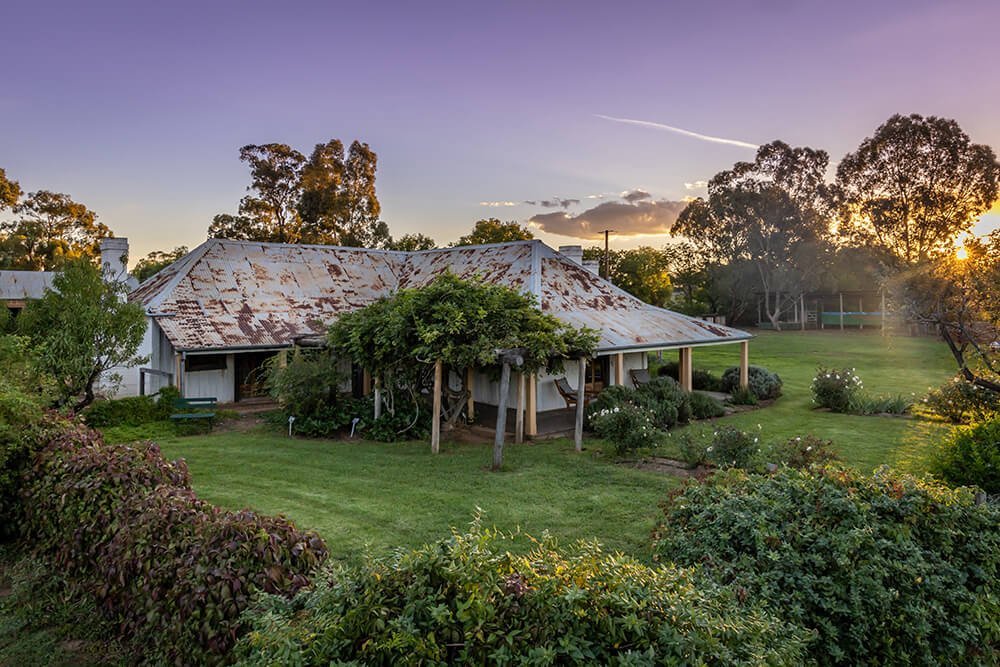
Photo tip:
• As with most landscapes, photography here is magical around the golden hour; change your perspective for a unique view of Dundullimal Homestead.
One of my favourite places to spend a weekend is Port Stephens. From the panoramic vistas that greet you from the top of the mountain in Tomaree National Park, to dolphin watching cruises out of Nelson Bay, and the ever-changing landscapes of Stockton Dunes, it’s high on the list of must-shoot spots. Let’s start with Mount Tomaree – the walk to the top is mildly strenuous, but worth the short breath when you see the views.
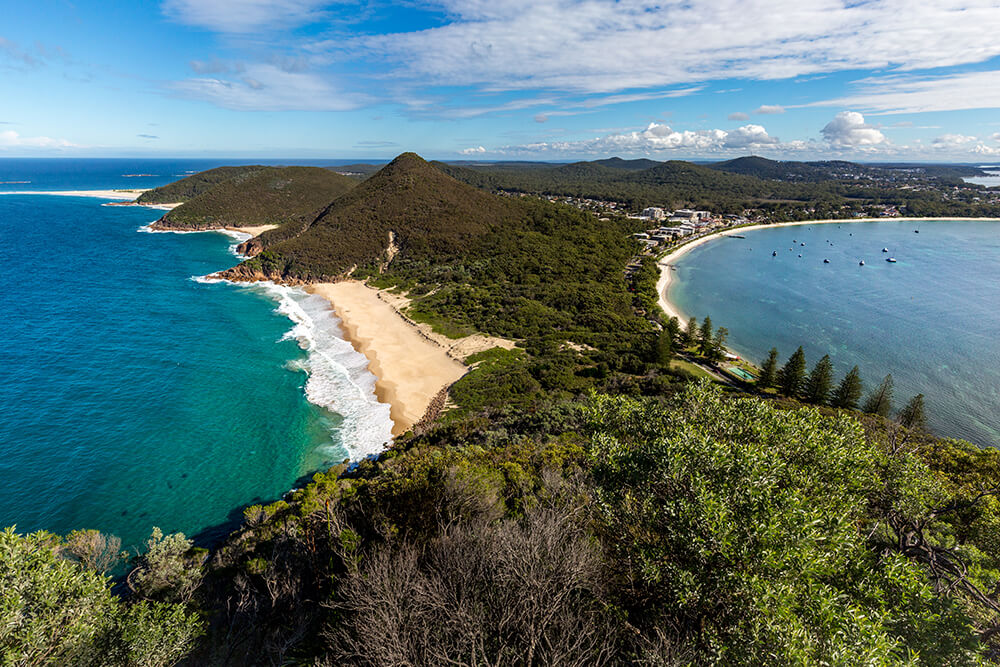
Photo tips:
• In my F-Stop bag I take a tripod, my EF 16-35mm, EF 70-200mm and EOS R with adaptor. It’s on the big hikes that I’m grateful for the lightweight mirrorless cameras!
• Having visited Mount Tomaree at all times of the day, I recommend heading up to capture a sunset, followed by a Milky Way shoot next door at Zenith Beach.
This picturesque little beach is surrounded by mountains in the Tomaree National Park, and adjacent to Mount Tomaree. It’s a great location for a sunrise, sunset or astrophotography shoot. With hardly a soul in sight, this little spot is a treasure to photograph. There’s beach access at the top of the loop road off Shoal Bay Road; I head to the south end towards the rocks for the interesting foreground.
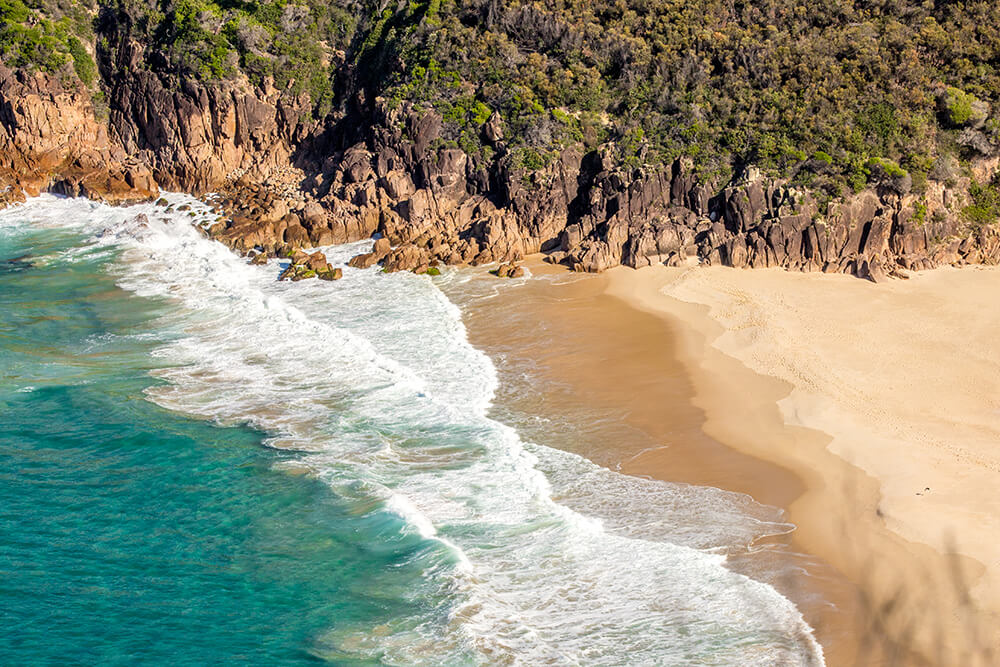
Photo tips:
• This is one of my favourite locations to photograph the Milky Way. If you have a wide-angle lens of around 24mm or less then try these settings:
• In manual mode, try 25sec, f/4 with ISO 2500.
• Switch the lens to manual focus and use your camera’s live view to check the image is sharp by pressing the magnify button three times, to see your image at 10-times magnification.
• Point the lens towards the brightest light, and move the manual focus ring until your subject is sharp.
• Finding foreground interest is the key when shooting the Milky Way; or get creative and try a panoramic image that can be stitched together in post-production.
Getting to Tin City for sunrise or sunset is a must; there are tours that will get you there and back safely, as access via the beach front can be dangerous if the tide is high, or bad weather conditions affect beach access.
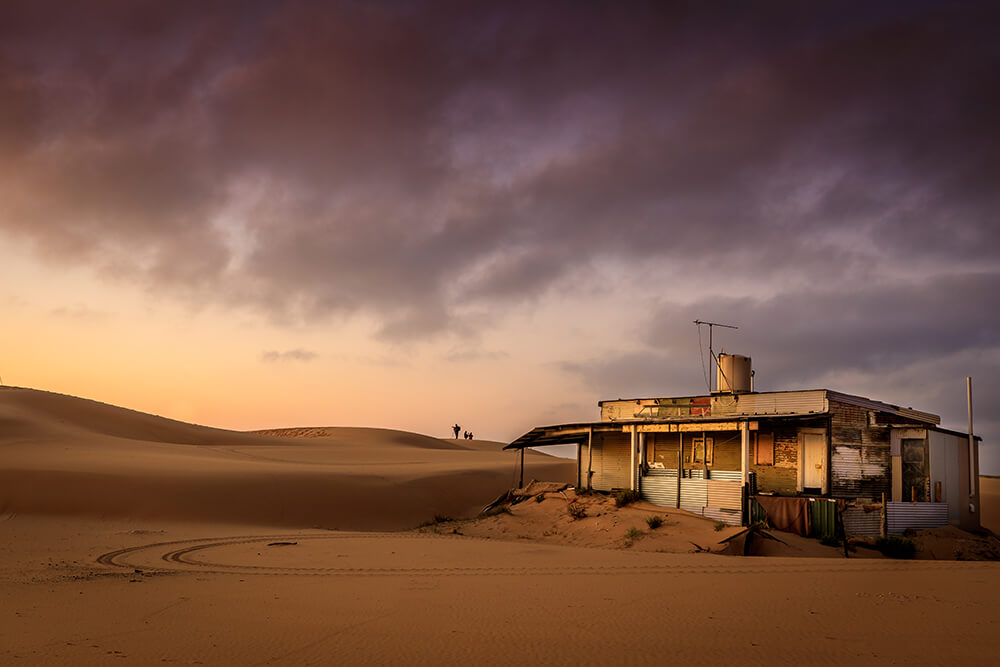
Photo tips:
• A tripod is a must. As you explore the dunes further you’ll see that any lens – from a wide angle to telephoto – can capture a unique composition.
• Don’t get stuck in the same place or you will go home with an ordinary range of the same composition; work the location by moving around and capturing the Tin City buildings from a variety of angles.
• As the light changes, you’ll see the landscape transform around you; don’t forget to stop and take a moment to enjoy it.
This small beach tucked away on the Northern Beaches of Sydney – sitting roughly between Narrabeen and Warriewood – could be one of the locals’ best kept secrets. While the crowds of photographers are setting up their tripods at the iconic North Narrabeen Rock Pool, waiting for the sun to rise, jump over the headland (not literally) to Turimetta.
Well known for the vivid green sea grass that’s exposed at low tide across a tessellated rock platform, this is a great location to capture long exposures.
There’s beach access via a small staircase adjacent to Peal Place in Warriewood on the south end of Turimetta Beach. Once you’re on the beach, head to the right.
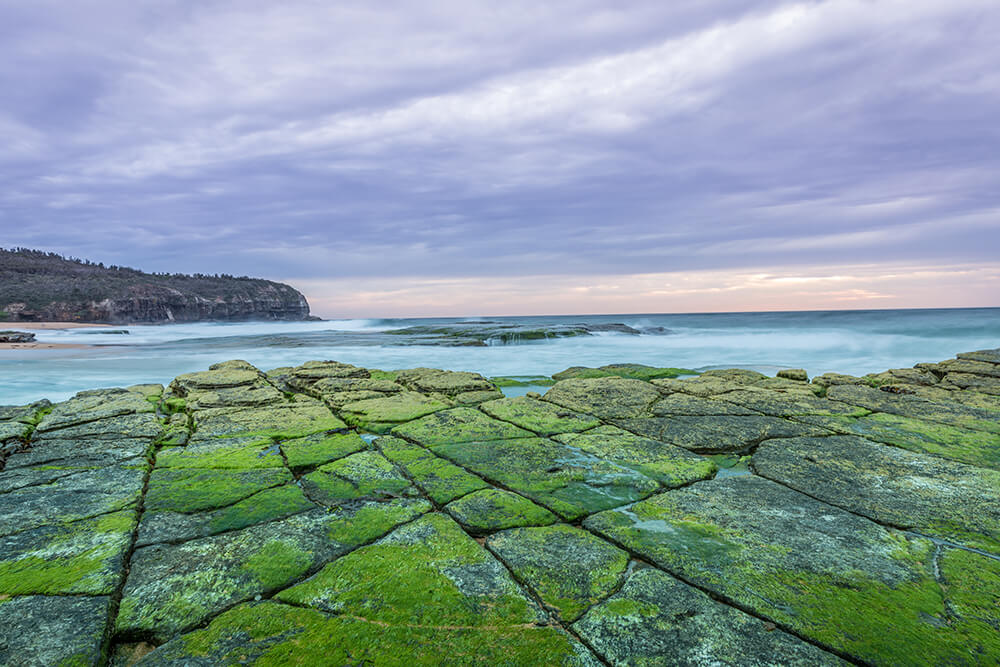
Photo tips:
• Check online for the tide and sunrise times to be there at least 30 minutes before sunrise. Pre-dawn there is a limited amount of natural light. As a result, you will need a slower shutter speed to begin with. This can’t really be done without a tripod so make sure you have one handy.
• I start my sunrise shoots around 30 seconds, F/11 ISO 100 and adjust the shutter speed as the light increases. Focusing can be tricky in low light so try using your LCD screen and press the magnify button into 10x magnification to see a closer view of your subject and then manual focus. Shining a torch on the subject can also help the lens auto focus.
One for the foodies– pop into this restaurant in Sydney and enjoy a plate or two while photographing the culinary delights of Jack & Knife Darlinghurst. The owners are very accommodating to us photographers snapping our meal before we dig in, having already hosted many food photography events here. From the entrees to mains, you’ll not only leave with a card full of images, but also a full tummy. Make sure to capture the decadent desserts.
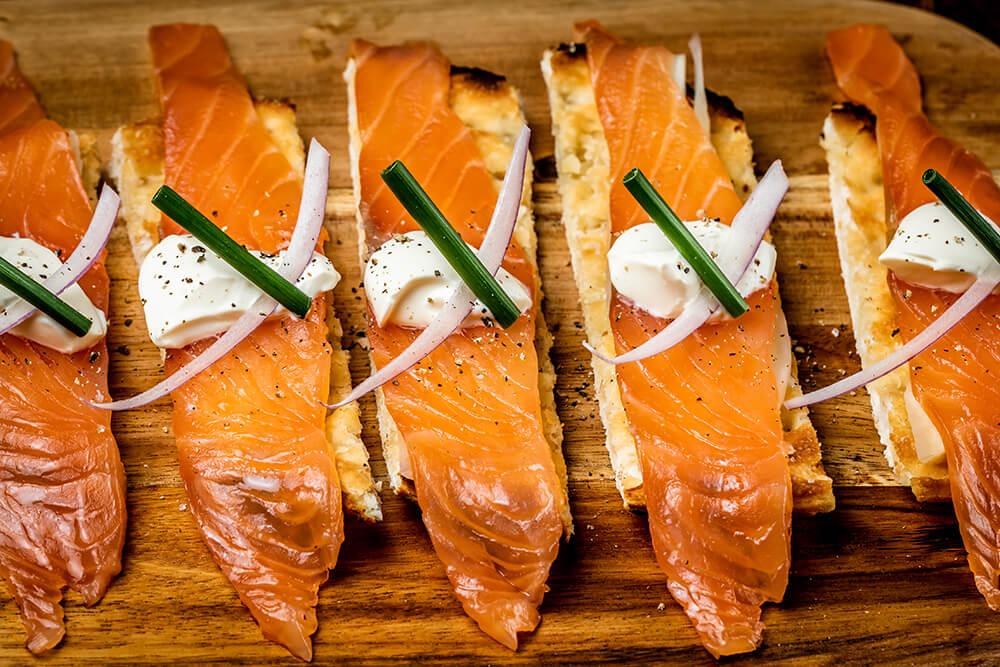
Photo tips:
• Book a table near the window to capitalise on the natural light being diffused by the window.
• Don’t be shy to take your tripod and use a slower shutter speed if needed, this way you can keep your ISO low (ISO 100) to maintain the best quality.
• To highlight one area on the plate, use a wide open aperture around f/2.8 or f/4 for a shallow depth of field then try stopping the aperture down to f/11 for a great depth of field capturing the detail of the entire dish.
Photos by Canon Photographer, Jenn Cooper

Wondering which are the best Canon lenses for you? We reached out to our community to ask which is their go-to lens, and what it is that keeps them going back for more.

Give your photography skills a boost with these practical tips from the Canon community.
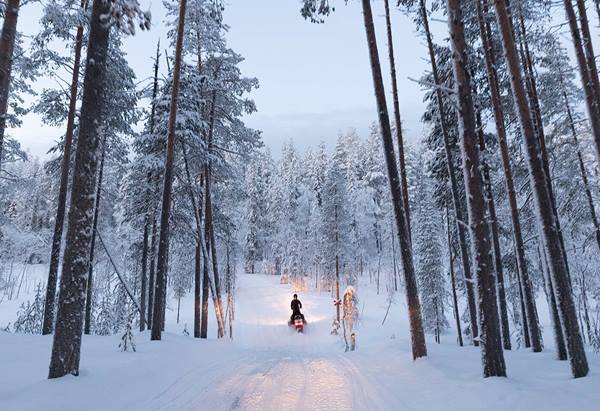
Elaine shares her favourite photography locations in Helsinki and Lapland. From snow-white fields to ethereal pine forests, Finland sure has a lot to offer.